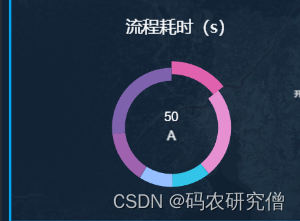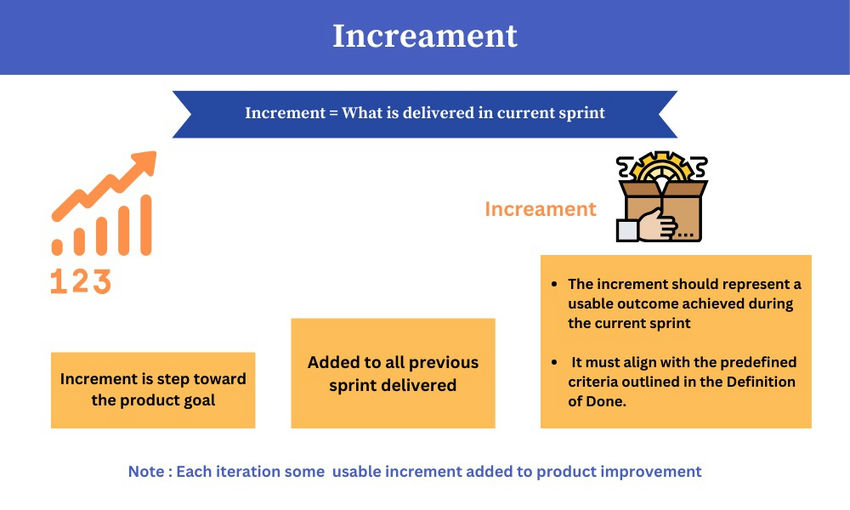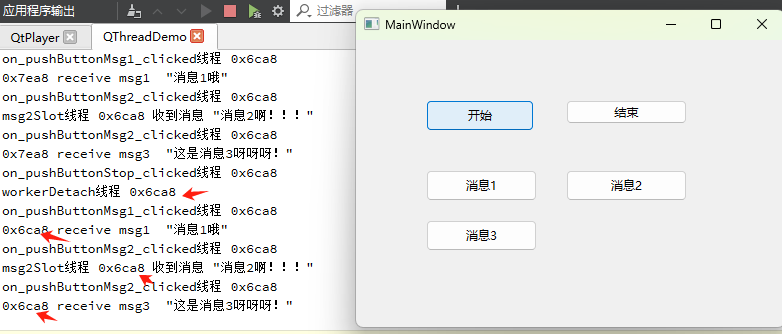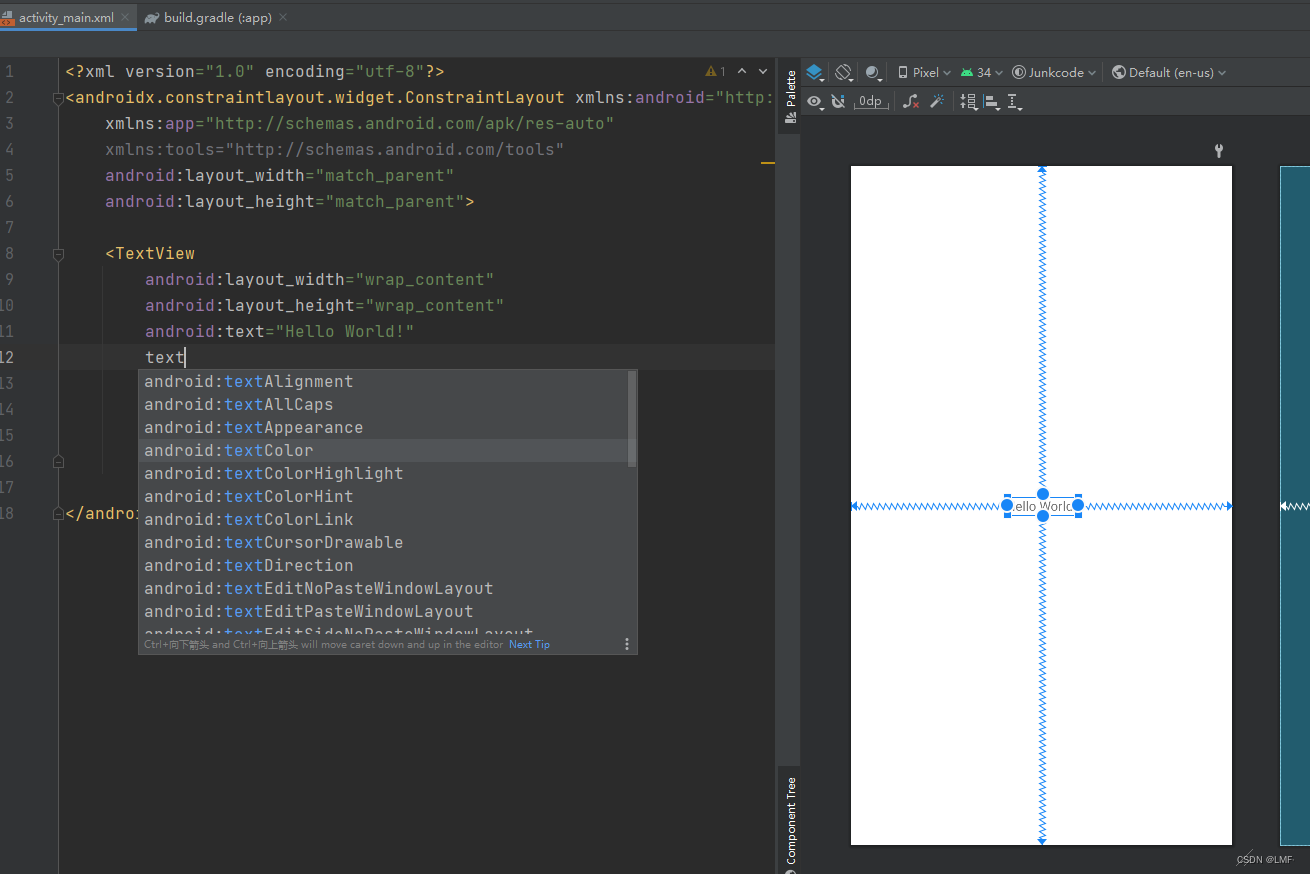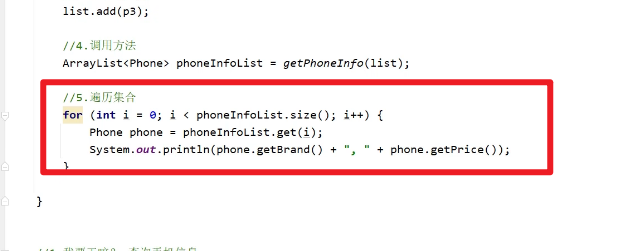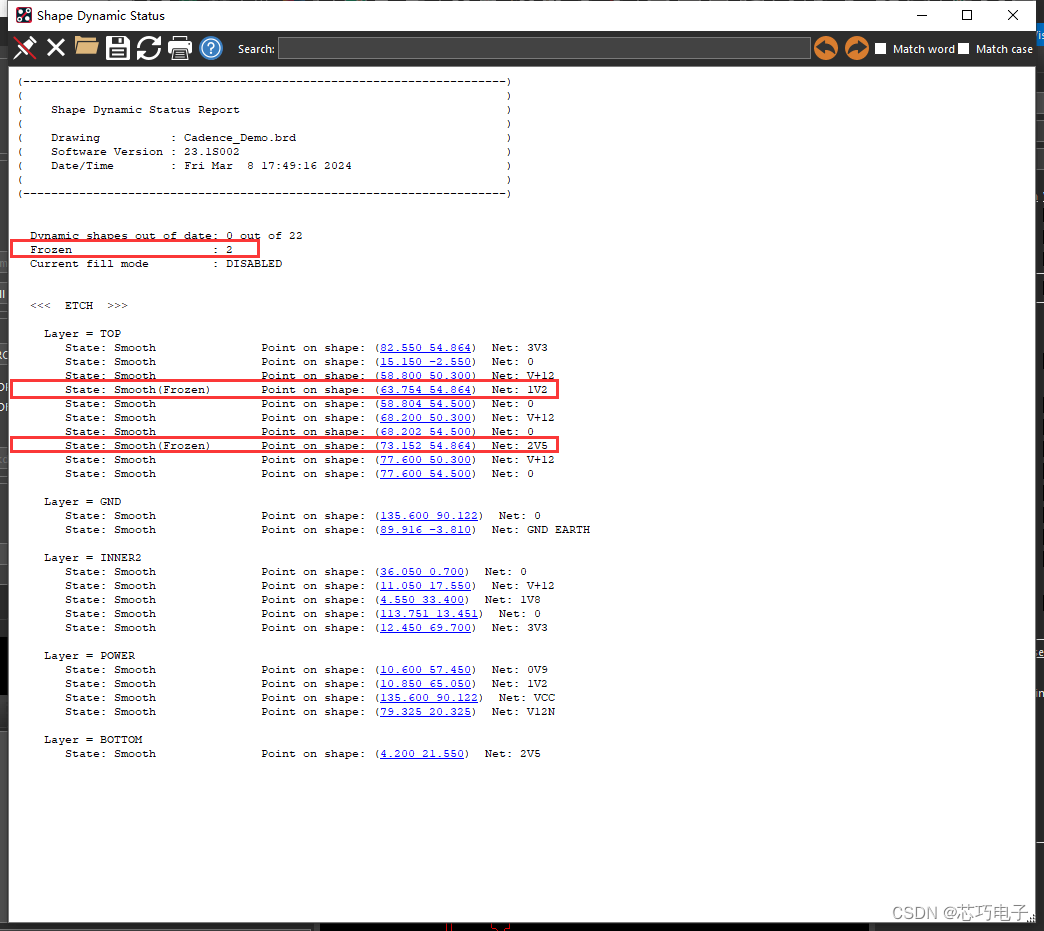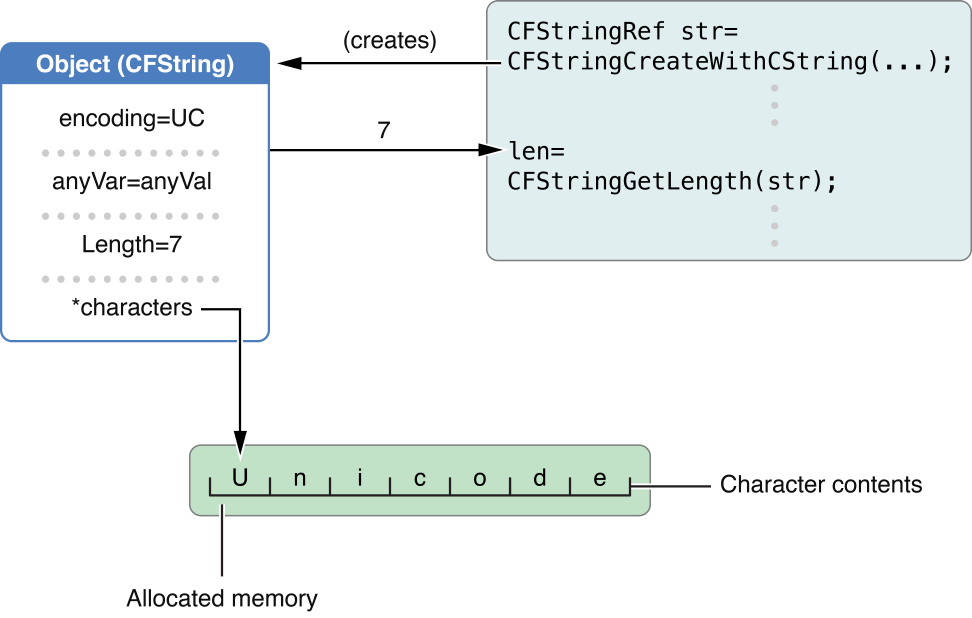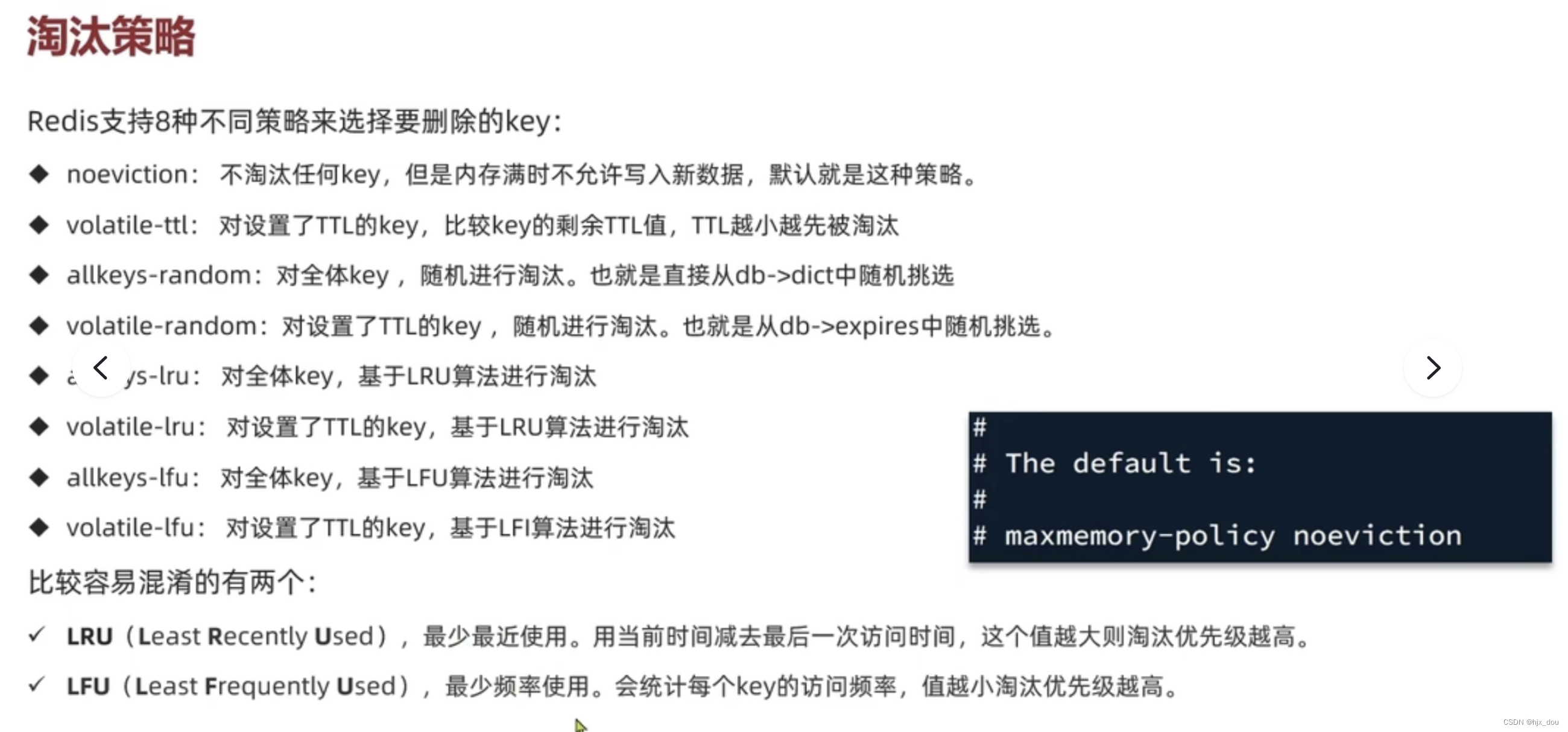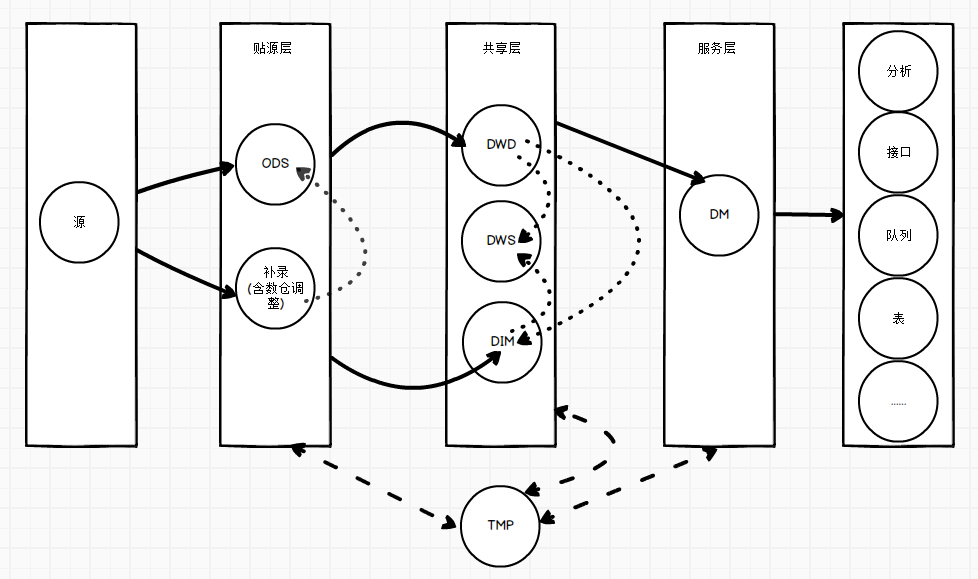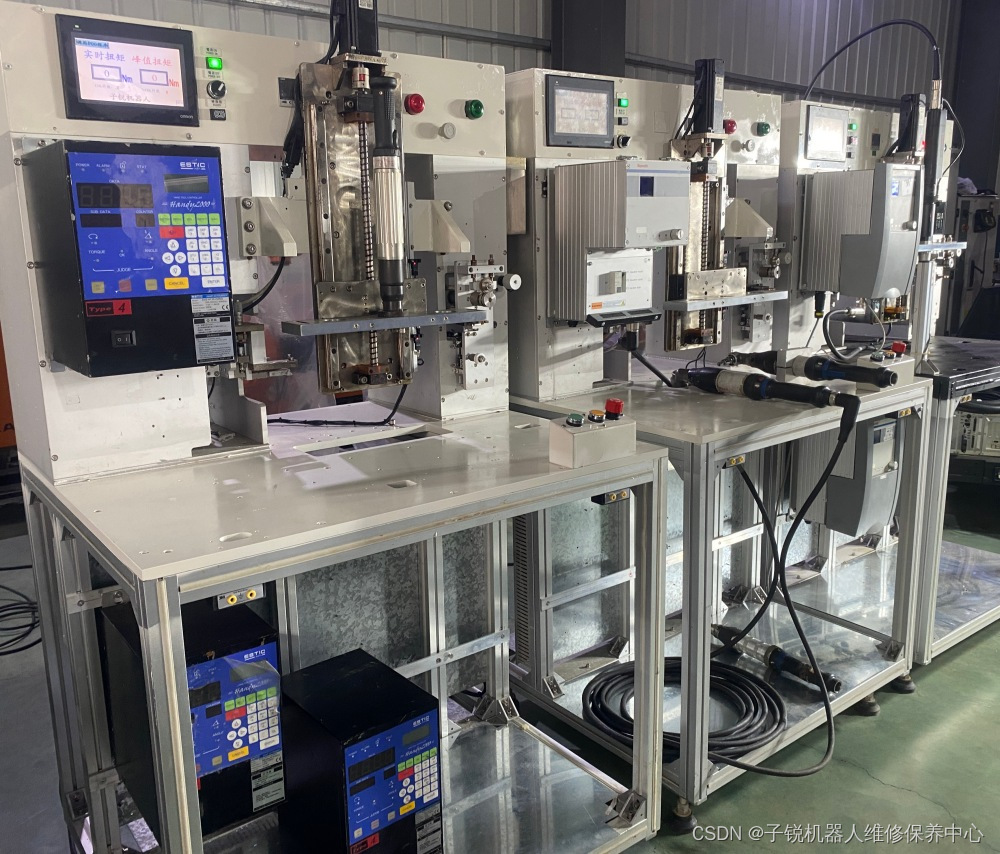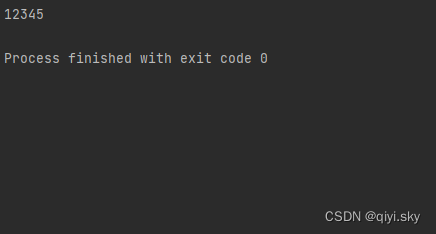Spring Bean 生命周期详解
在 Spring 框架中,Bean 的生命周期由 Spring 容器全权管理。了解和掌握 Bean 的生命周期对于使用 Spring 开发稳定且高效的应用程序至关重要。本文将详细介绍 Spring Bean 生命周期的五个主要阶段:实例化、属性注入、初始化、使用和销毁,并涵盖各个阶段的关键步骤和扩展点。
1. 实例化(Instantiation)
实例化阶段包括以下关键步骤:
- BeanNameAware 接口:如果 Bean 实现了
BeanNameAware接口,Spring 将调用其setBeanName方法,将 Bean 的名称传递给它。 - BeanFactoryAware 接口:如果 Bean 实现了
BeanFactoryAware接口,Spring 将调用其setBeanFactory方法,将BeanFactory实例传递给它。
这些步骤确保 Bean 具有必要的上下文信息,可以与 Spring 容器进行交互。
@Override
public void setBeanName(String beanName) {
System.out.println("BeanNameAware: setBeanName called with name " + beanName);
}
@Override
public void setBeanFactory(BeanFactory beanFactory) throws BeansException {
System.out.println("BeanFactoryAware: setBeanFactory called");
}
2. 属性注入(Property Injection)
在实例化之后,Spring 容器会根据配置文件或注解,将配置的属性值或依赖对象注入到 Bean 实例中。这一阶段包括以下关键步骤:
- 属性设置:Spring 容器根据配置文件或注解,将配置的属性值注入到 Bean 实例中。
- 依赖注入:Spring 容器根据配置文件或注解,将依赖对象注入到 Bean 实例中。
public class MyBean {
private String name;
public void setName(String name) {
this.name = name;
}
}
3. 初始化(Initialization)
初始化阶段是 Bean 生命周期中最复杂的阶段,它包括属性设置、依赖注入和初始化方法的调用。该阶段包括以下关键步骤:
- BeanPostProcessor 的
postProcessBeforeInitialization方法:Spring 调用所有注册的BeanPostProcessor实现的postProcessBeforeInitialization方法,以便在 Bean 初始化前对其进行处理。 - InitializingBean 接口和自定义初始化方法:如果 Bean 实现了
InitializingBean接口,Spring 将调用其afterPropertiesSet方法。此外,如果配置了自定义的初始化方法,Spring 也会调用该方法。 @PostConstruct注解:如果 Bean 的某个方法使用了@PostConstruct注解,Spring 容器将在依赖注入完成后调用该方法。@PostConstruct注解用于标注在依赖注入完成后需要执行的初始化方法,比实现InitializingBean接口更加灵活和通用。- BeanPostProcessor 的
postProcessAfterInitialization方法:Spring 调用所有注册的BeanPostProcessor实现的postProcessAfterInitialization方法,以便在 Bean 初始化后对其进行处理。
import javax.annotation.PostConstruct;
public class MyBean {
private String name;
public void setName(String name) {
this.name = name;
}
@PostConstruct
public void init() {
System.out.println("PostConstruct: init method called");
this.name = "Initialized Bean";
}
@Override
public void afterPropertiesSet() throws Exception {
System.out.println("InitializingBean: afterPropertiesSet called");
}
public void customInit() {
System.out.println("Custom init-method: customInit called");
}
}
4. 使用(Ready to Use)
在完成初始化后,Bean 进入使用阶段。在这个阶段,Bean 处于完全初始化状态,可以被应用程序使用。这个阶段没有特定的扩展点,但这是应用程序逻辑使用和操作 Bean 的主要时间段。
public static void main(String[] args) {
AnnotationConfigApplicationContext context = new AnnotationConfigApplicationContext(AppConfig.class);
MyBean myBean = context.getBean(MyBean.class);
System.out.println("Using MyBean: " + myBean);
context.close();
}
5. 销毁(Destruction)
当 Spring 容器关闭时,Bean 进入销毁阶段。这个阶段包括以下关键步骤:
- DisposableBean 接口和自定义销毁方法:如果 Bean 实现了
DisposableBean接口,Spring 将调用其destroy方法。此外,如果配置了自定义的销毁方法,Spring 也会调用该方法。
这些步骤确保在销毁 Bean 之前执行必要的清理操作,释放资源。
@Override
public void destroy() throws Exception {
System.out.println("DisposableBean: destroy called");
}
public void customDestroy() {
System.out.println("Custom destroy-method: customDestroy called");
}
完整示例
为了更好地理解这些阶段,我们提供一个完整的示例,包括 Bean 类、BeanPostProcessor 和 Spring 配置。
Bean 类
package com.example.lifecycle;
import org.springframework.beans.BeansException;
import org.springframework.beans.factory.BeanFactory;
import org.springframework.beans.factory.BeanFactoryAware;
import org.springframework.beans.factory.BeanNameAware;
import org.springframework.context.ApplicationContext;
import org.springframework.context.ApplicationContextAware;
import org.springframework.beans.factory.InitializingBean;
import org.springframework.beans.factory.DisposableBean;
public class MyBean implements BeanNameAware, BeanFactoryAware, ApplicationContextAware, InitializingBean, DisposableBean {
private String name;
public void setName(String name) {
this.name = name;
}
@Override
public void setBeanName(String beanName) {
System.out.println("BeanNameAware: setBeanName called with name " + beanName);
}
@Override
public void setBeanFactory(BeanFactory beanFactory) throws BeansException {
System.out.println("BeanFactoryAware: setBeanFactory called");
}
@Override
public void setApplicationContext(ApplicationContext applicationContext) throws BeansException {
System.out.println("ApplicationContextAware: setApplicationContext called");
}
@PostConstruct
public void init() {
System.out.println("PostConstruct: init method called");
this.name = "Initialized Bean";
}
@Override
public void afterPropertiesSet() throws Exception {
System.out.println("InitializingBean: afterPropertiesSet called");
}
public void customInit() {
System.out.println("Custom init-method: customInit called");
}
@Override
public void destroy() throws Exception {
System.out.println("DisposableBean: destroy called");
}
public void customDestroy() {
System.out.println("Custom destroy-method: customDestroy called");
}
}
BeanPostProcessor
package com.example.lifecycle;
import org.springframework.beans.BeansException;
import org.springframework.beans.factory.config.BeanPostProcessor;
public class CustomBeanPostProcessor implements BeanPostProcessor {
@Override
public Object postProcessBeforeInitialization(Object bean, String beanName) throws BeansException {
System.out.println("BeanPostProcessor: postProcessBeforeInitialization called for " + beanName);
return bean;
}
@Override
public Object postProcessAfterInitialization(Object bean, String beanName) throws BeansException {
System.out.println("BeanPostProcessor: postProcessAfterInitialization called for " + beanName);
return bean;
}
}
Spring 配置
package com.example.lifecycle;
import org.springframework.context.annotation.Bean;
import org.springframework.context.annotation.Configuration;
@Configuration
public class AppConfig {
@Bean(initMethod = "customInit", destroyMethod = "customDestroy")
public MyBean myBean() {
MyBean myBean = new MyBean();
myBean.setName("Test Bean");
return myBean;
}
@Bean
public CustomBeanPostProcessor customBeanPostProcessor() {
return new CustomBeanPostProcessor();
}
}
测试 Spring 配置
package com.example.lifecycle;
import org.springframework.context.annotation.AnnotationConfigApplicationContext;
public class SpringLifecycleDemo {
public static void main(String[] args) {
AnnotationConfigApplicationContext context = new AnnotationConfigApplicationContext(AppConfig.class);
MyBean myBean = context.getBean(MyBean.class);
System.out.println("Using MyBean: " + myBean);
context.close();
}
}
参考链接
- Spring Framework Documentation
- TutorialsPoint: Spring Bean Life Cycle

